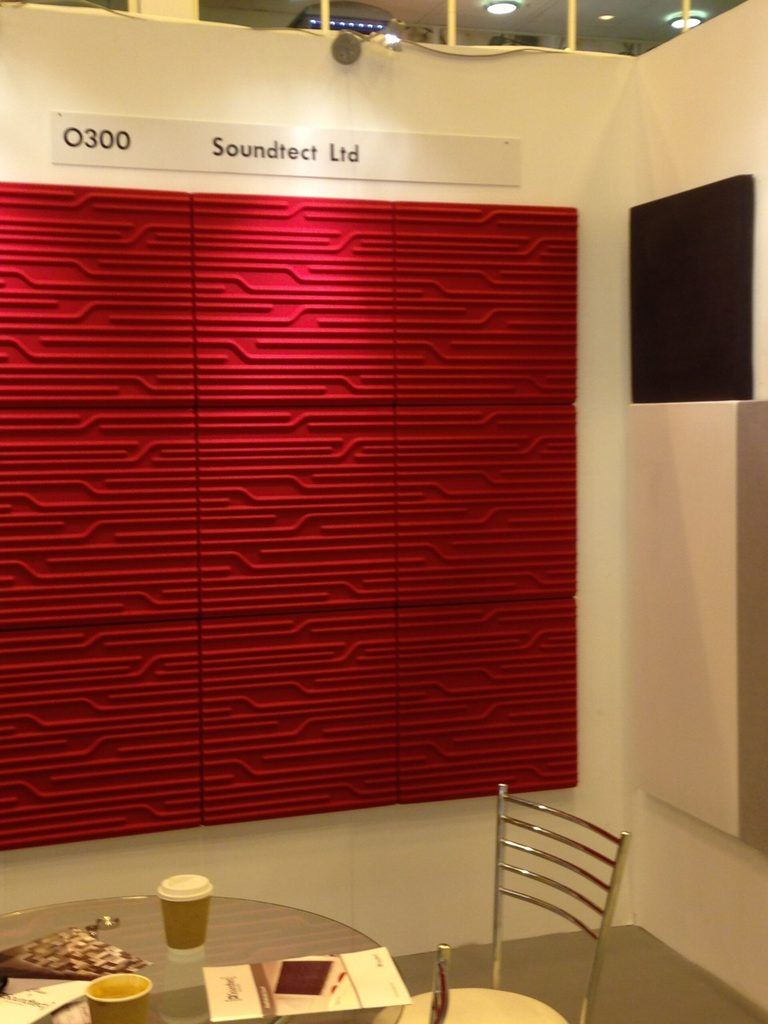I often find myself explaining this question to my clients. Unfortunately, many people need clarification on these two terms or help understand their meaning. Confusing information is also propagated on the Internet; an example is here.
More...
In laymen terms, this is the short explanation of the terms:
Sound absorption is a process of reducing sound energy that is already in the room, reducing reverberation.
Soundproofing (also called sound blocking) prevents sound from getting into a room that should be quiet.
Where is sound absorption used?
Materials that create sound absorption in a room are called acoustic treatments. You can use them in spaces that need a more pleasant or functional ambiance.
Where is soundproofing used?
The process of soundproofing creates a barrier between the noise source and the quiet location. Therefore, you use soundproofing to create quiet spaces.
Knowing the difference between sound absorption (acoustic treatment) and sound blocking (soundproofing) is crucial if you select a desired treatment for your space.
About room treatment (sound absorption)
There are numerous products on the market designed for room treatment. The products are applied to walls and ceilings or hung in the space. When correctly placed and installed, they reduce sound reverberation in the room. This is done to make the space more pleasant or functional (restaurants, conference rooms, home theatres). Unfortunately, these products only slightly affect the overall noise in the room and are ineffective for soundproofing.
A metric that characterizes a product’s ability to absorb sound is called Noise Reduction Coefficient (NRC).
About sound blocking (soundproofing)
Soundproofing products are assembled into wall, floor, or ceiling assemblies to maximize the assembly’s ability to block sound. Soundproofing products individually are not used; they only work in proper assemblies. As a result, soundproofing products generally are ineffective for creating sound absorption in a room.
A metric that characterizes an assembly’s ability to block sound is called Sound Transmission Class (STC). A related metric designed to describe an assembly’s ability to block impact noise (footsteps, dropped objects) is called Impact Insulation Class (IIC).
About using both soundproofing and sound absorption
For a complete room design, for example, a home theatre, proper soundproofing must be installed to prevent external noise from interfering with the use of the room or to prevent noisy audio programs from disturbing others in adjacent spaces. To make the home theatre functional and the sound of the programs pleasant, room treatment (sound absorption) needs to be included in the room design. Both functions, soundproofing and room treatment, are separate parts of the overall room design. Each has a different purpose and different effect on the functionality of the space.
Complexity of soundproofing and sound absorption
The above information is concise and simplified. Noise reduction (the effect of soundproofing) and sound absorption are highly dependent on frequency of sound. Sound typically consists of many frequencies simultaneously. Therefore, the products require expertise to use correctly.
Soundproofing is only a do-it-yourself project if you are prepared to study all aspects of the problem and understand how to make it work. Repairing a botched soundproofing job usually requires ripping the incorrect assembly out and, starting from scratch, and ng for the job twice.
In most cases, it is best leaving the job to an expert. To contact a professional engineer for advice about soundproofing or room treatment, use the button below. To get a soundproofing estimate from a specialized contractor contact City Soundproofing.
We always appreciate your comments and feedback. Please use the form below to submit your comments.
